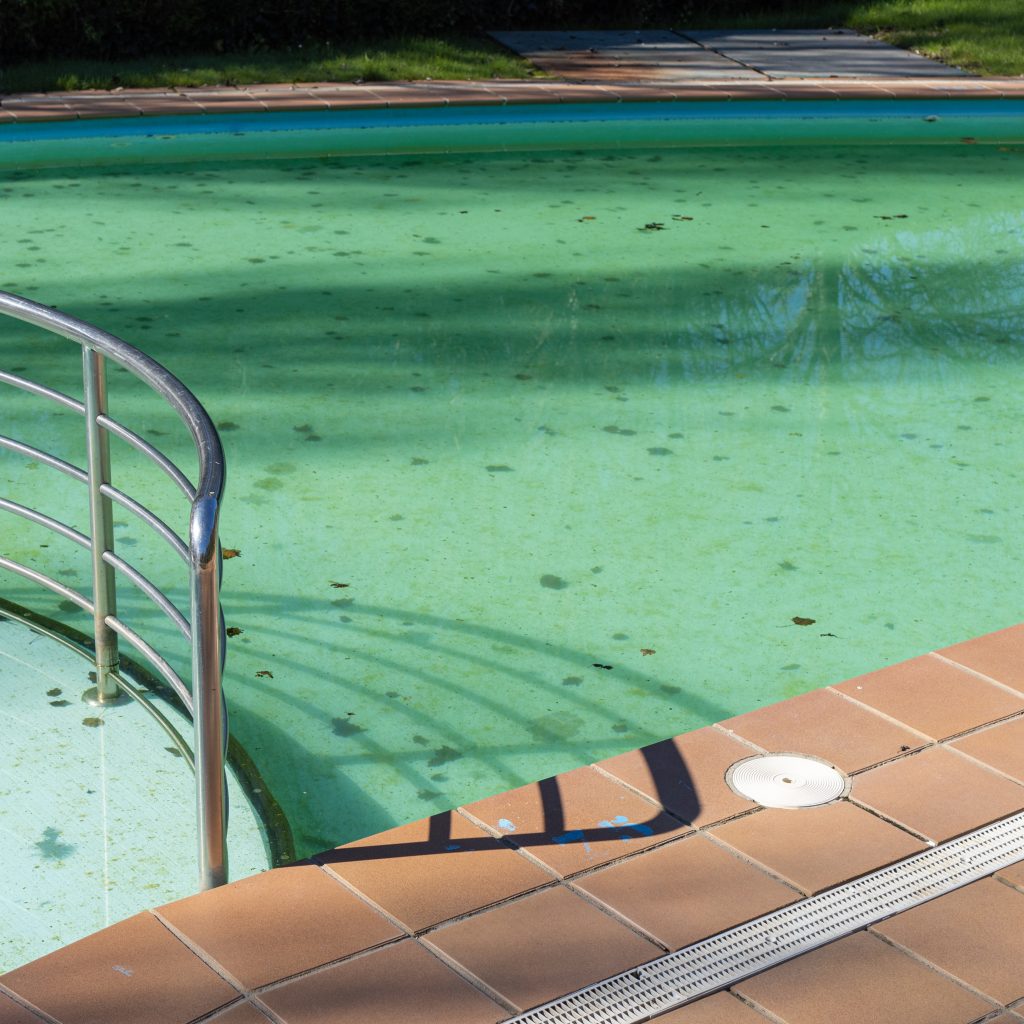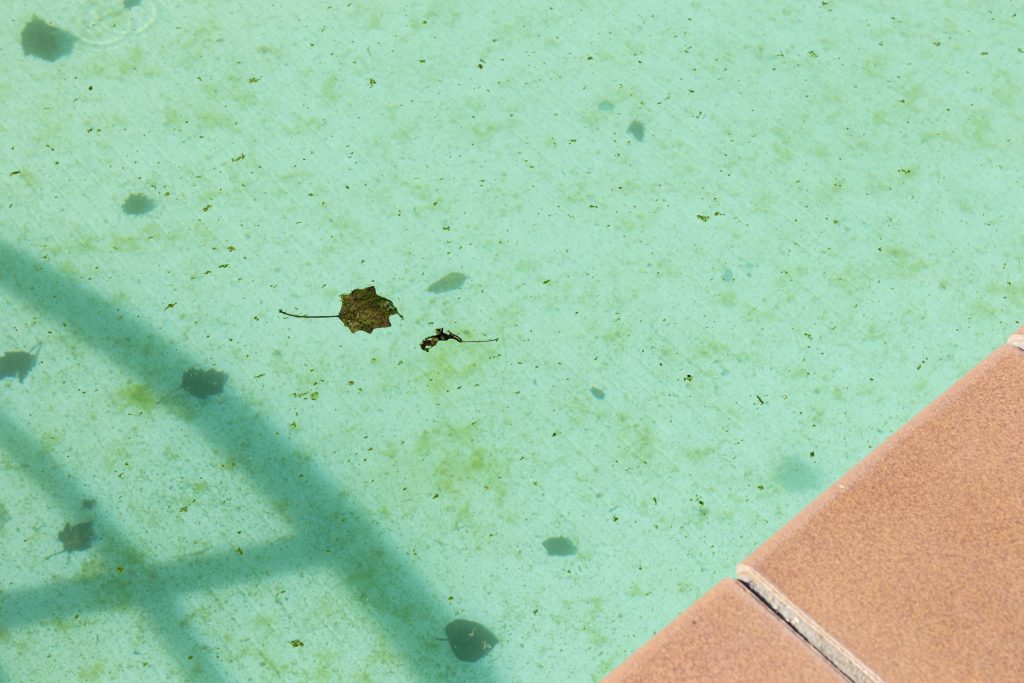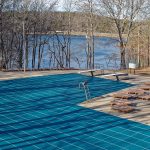Tips to Effectively Deal With Algae Blooms in Your Pool
Algae blooms are a common challenge for residential and commercial pool owners alike, turning sparkling clear water into a green, yellow, or even black mess. Understanding how to prevent and treat algae blooms is crucial for maintaining a safe and enjoyable swimming environment.
Understanding Algae Blooms in Pools
What Are Algae Blooms?
Algae blooms occur when algae, simple aquatic plants, rapidly multiply in your pool. While algae are not harmful to humans directly, they can create a hazardous swimming environment by making surfaces slippery and fostering bacterial growth.
Common Causes of Algae Blooms
- Imbalanced Chemical Levels: Low chlorine levels and poor pH balance create an ideal environment for algae growth.
- Poor Circulation: Stagnant water allows algae to thrive.
- Warm Temperatures: Warm water accelerates algae reproduction.
- Organic Debris: Leaves, dirt, and other debris provide nutrients for algae.
Prevention Strategies
Regular Pool Maintenance
Regular cleaning is the cornerstone of algae prevention. Skimming the surface daily removes leaves and debris, while weekly brushing prevents algae from attaching to pool surfaces. Vacuuming the pool weekly also removes dirt and debris that may not be caught by the filter.
Proper Pool Circulation
Ensure your pool pump and filter system run for 8-12 hours daily (residential pools), promoting effective water circulation and preventing stagnant spots where algae can thrive. Additionally, aim to clean your filter regularly to maintain its efficiency.
Chemical Balance and Sanitization
Maintaining the correct chemical balance is vital. Chlorine is the primary sanitizer for pools, and its levels should be checked and adjusted daily. A well-balanced pH (between 7.2 and 7.6) enhances chlorine’s effectiveness. Regular shock treatments can also help keep the pool water sanitized and algae-free.

Identifying Algae Types
Green Algae
The most common type, green algae, easily spreads and grows quickly. It turns your pool water green and can be removed with proper chemical treatments. This type often indicates inadequate sanitation.
Yellow/Mustard Algae
Less common but more stubborn, yellow algae clings to pool walls and floors. It requires thorough brushing and specific algaecides for removal. Yellow algae thrive in shady areas and are resistant to normal chlorine levels, making them more challenging to treat.
Black Algae
Black algae are the most challenging to eradicate. They form root-like structures on pool surfaces and require aggressive treatment, including scrubbing and high chlorine levels. This type of algae is particularly resistant to chlorine and can penetrate deep into pool surfaces, necessitating thorough and persistent treatment efforts.
Effective Treatment Methods
Shocking Your Pool
Superchlorination, or shocking, involves adding a large dose of chlorine to kill algae. This should be done at night to prevent chlorine degradation by sunlight. Shock treatments should raise chlorine levels to 10 ppm, ensuring that all algae are destroyed.
Brushing and Vacuuming
Brush pool surfaces to remove algae clinging to walls and floors. Use a stiff brush for best results, especially with black algae. Follow with thorough vacuuming to remove dead algae and debris. This prevents the algae from resettling and regrowing in the pool.
Using Algaecides
Algaecides are chemicals specifically designed to kill algae. Choose the right type for the algae you are dealing with and follow the manufacturer’s instructions. While they are effective, algaecides should be used in conjunction with other treatment methods for best results.
Post-Treatment Measures
Monitoring Chemical Levels
After treatment, regularly test and adjust chemical levels to prevent algae recurrence. Maintain proper chlorine levels and a balanced pH. Continued monitoring ensures that the pool environment remains inhospitable to algae.
Continued Maintenance Practices
Regular maintenance, including cleaning and chemical balancing, is essential to prevent future algae blooms. Consistent upkeep ensures a healthy and algae-free pool. Consider implementing a maintenance schedule to keep track of routine tasks and chemical checks.
When to Call a Professional
Persistent Algae Problems
If algae persists despite your best efforts, it may be time to call a professional. They can provide a thorough assessment and targeted treatment plan. Persistent algae can indicate underlying issues that require professional expertise to resolve.
Expert Pool Inspection and Treatment
Professional pool services offer expert inspection and treatment, ensuring your pool remains algae-free and safe for swimming. They have access to specialized tools and chemicals that are more effective than those available to the average pool owner.

Deal With Algae Blooms in Your Pool With POM
For expert assistance in maintaining a clean and algae-free pool, contact Pool Operation Management. Our team of certified professionals offers comprehensive pool maintenance services, ensuring your pool is always in top condition. From routine cleaning and chemical balancing to advanced algae treatments, we have the expertise to handle all your pool care needs.
Don’t let algae ruin your swimming experience. Reach out to us today to schedule an inspection or learn more about our services.






